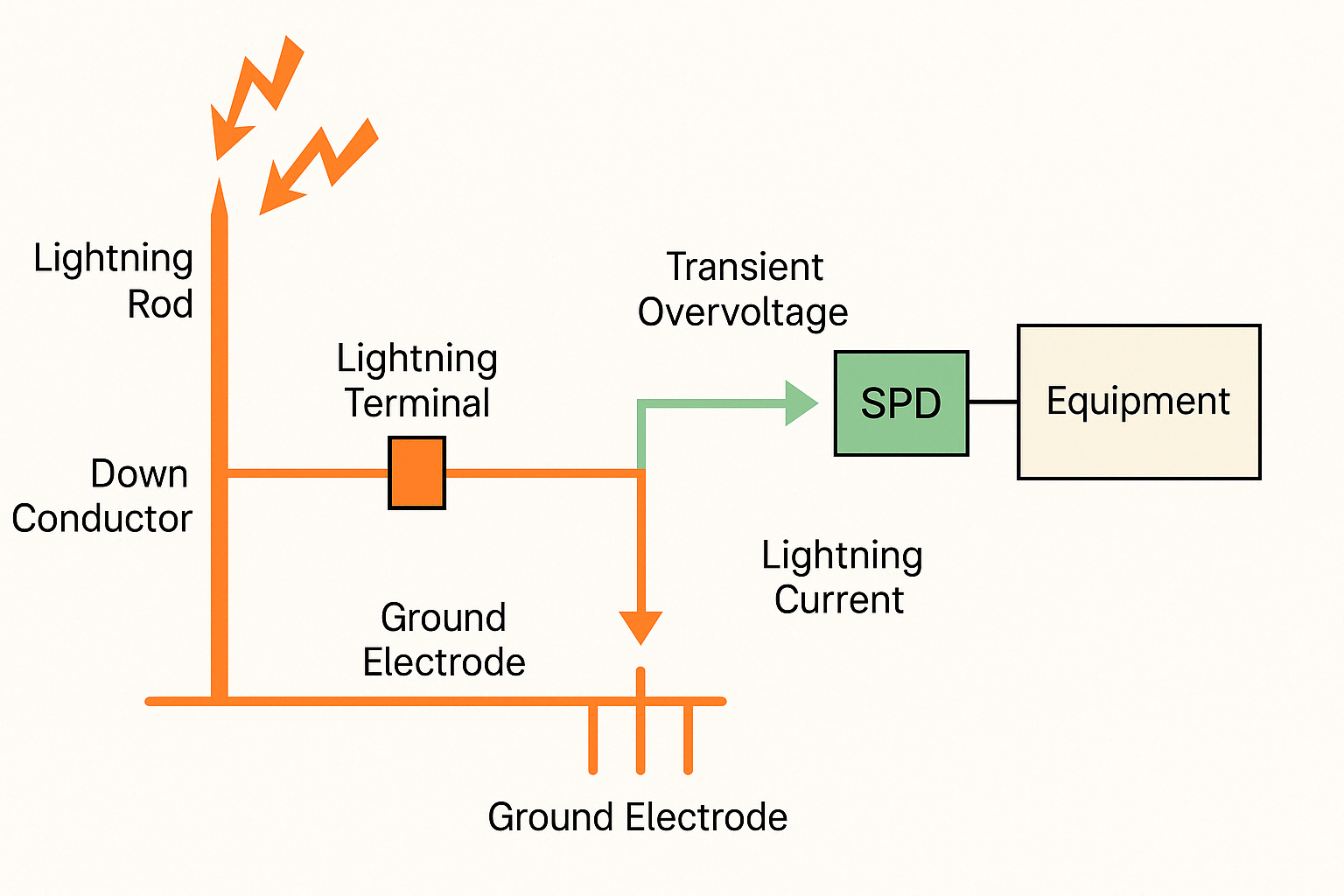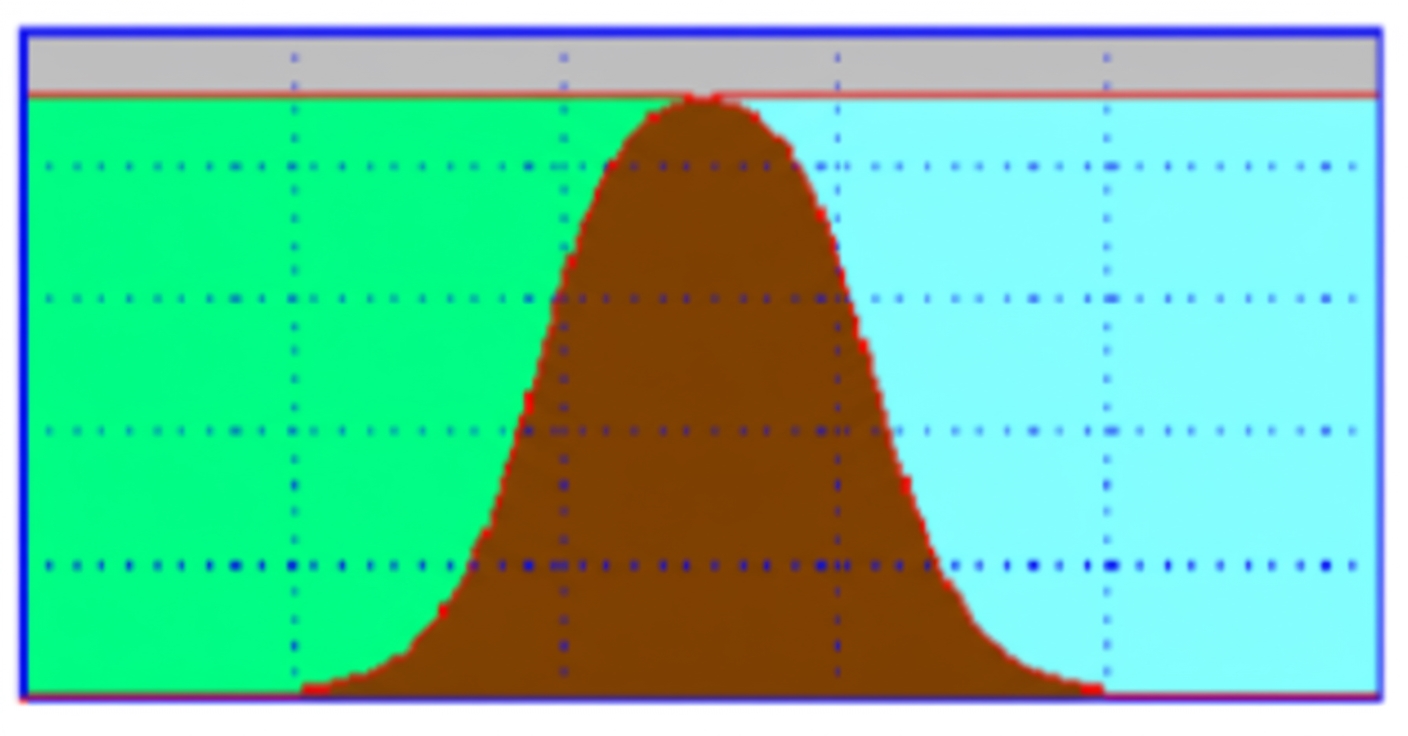Electric vehicles generate significant electromagnetic interference (EMI), and temperature signals, being low-amplitude analog signals, are susceptible to disruption. This article examines the EMI sensitivity of temperature sampling circuits in automotive systems and evaluates the need for specialized EMC measures.
Typical Temperature Sampling Circuit
Automotive temperature sensing typically employs thermistors, whose resistance varies with temperature. By selecting an appropriate resistance-temperature (R-T) curve, temperature changes can be measured through resistance variations. Factors like response speed, R-T curve slope, and software algorithms influence EMC robustness, but this analysis focuses on a typical circuit¡¯s EMI susceptibility.
Consider a thermistor with 30k¦¸ resistance at 25¡ãC, producing an ADC input voltage of 3.690V, and 3.485V at 30¡ãC. Assuming linear R-T behavior between 25¡ãC and 30¡ãC, and a 12-bit ADC (4096 levels) with 1mV resolution, the circuit achieves 0.1¡ãC accuracy. The noise margin is approximately 4mV; interference exceeding this threshold affects measurement accuracy.
Interference Analysis
Vehicle EMI primarily occurs below 1GHz, with temperature sensors facing the following interference sources:
- Near-Field Coupling: Induced by electromagnetic fields from nearby components.
- Common Impedance Coupling: Arising from shared ground paths among sensors.
- Internal ECU Noise: From the ECU¡¯s internal routing (not discussed here).
Near-Field Coupling
Using electric drive conducted emissions as a reference (100dB¦ÌV at 200kHz, 70dB¦ÌV at 40MHz, assumed as common-mode currents), near-field interference depends on mutual inductance and capacitance. For a low-voltage harness 1mm from a high-voltage harness over a 1m length, simulations estimate a mutual inductance of approximately 125nH.
The induced voltage in the low-voltage harness is calculated as:
- 0.63mV at 40MHz
- 0.1mV at 200kHz
The total time-domain noise voltage is approximately 1.8mV, below the 4mV threshold. Differential-mode currents may also induce voltages via leakage flux, but this requires further study.
Common Impedance Coupling
For a shared ground wire (0.75mm2 cross-section, 1m length, 22m¦¸ impedance), the voltage noise from 5V sensors is approximately 0.00275mV, negligible. However, if shared with other circuits carrying 1A, the ground voltage noise could reach 22mV, exceeding the 4mV threshold. Thus, temperature sensor grounds must be isolated and not directly connected to the vehicle chassis.
Conclusion
Temperature signals in vehicles are relatively robust against near-field EMI, with typical noise levels below the critical threshold. The low sampling frequency (e.g., 2ms per sample, 10ms bus transmission) further mitigates transient noise impacts. As long as the 5V supply and ADC reference voltage remain stable, the temperature sensing system demonstrates strong EMI resilience. However, isolated ground paths are essential to avoid common impedance coupling. Further validation through testing and simulation is needed for ADC algorithms and interference calculations.
 ALLPCB
ALLPCB







